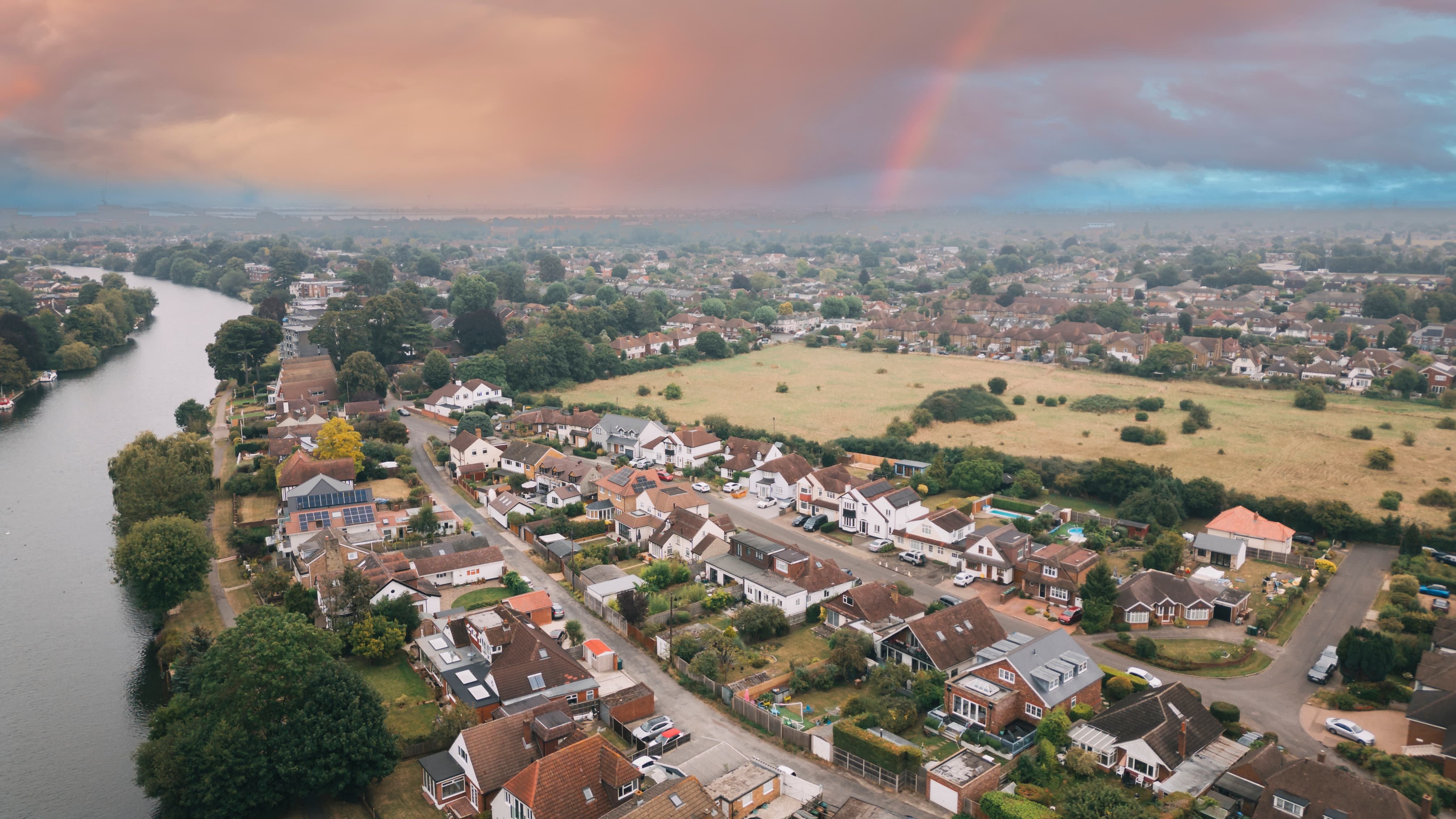Scottish and Southern Electricity Networks (SSEN) Distribution is embedding vulnerability features into network planning with its VFES project, to help deliver a just transition to net zero.
SSEN is seeing a significant uptake of low carbon technologies (LCT) on its network, typically from solar panels, electric vehicles and heat pumps, and is taking steps to manage the network to accommodate that increased electricity demand cost effectively. But the transition to new technologies carries a risk for more vulnerable customers who may be unwilling or unable to make the switch. SSEN is working to identify consumers in vulnerable positions and forecast how those communities and their needs may change, in the transition to net zero. In the face of the increasing costs of fossil fuels, it has never been more important to ensure that everyone who wishes to adopt clean, electrified technologies, can do so.
The Vulnerability Future Energy Scenarios (VFES) project will build on the annual publication of SSEN’s Distribution Future Energy Scenarios (DFES), which are scenario forecasts of future energy supply and demand that help SSEN to understand how customers’ use of the network is likely to change. The VFES by comparison, will focus on customers and communities and deploy foresighting, machine learning and expert validation to test whether a reliable forecast of vulnerability trends can be developed. The aim is to support better-informed operational practices and investment planning which in future will be able to take vulnerable communities into account.
SSEN is committed to a net zero transition that is smart and fair and does not embed new, or existing forms of unfairness into the future energy system. SSEN has more than 770,000 customers on its Priority Services Register (PSR), reflecting a range of vulnerabilities within the customer base which are expected to increase in the aftermath of the COVID-19 pandemic and the growing cost of living crisis. Over the course of the 2020s the PSR register is likely to nearly double, which emphasises the importance of developing new ways of identifying and supporting vulnerable customers.
SSEN is delighted to be working with a team of independent experts through Imperial Consultants, led by Dr Leila Sheldrick from Imperial College London, and The Smith Institute and National Energy Action. This combines academic forecasting techniques with data analysis and machine learning in a novel approach, which is then validated by consumer vulnerability and energy policy experts.
Simon O’Loughlin, Project Manager for VFES said:
“To manage the risk of the net zero future to our customers, we have to understand it. We already carefully record the numbers of those customers who self-identify as vulnerable, but we also track the ‘gap’ between those who have contacted us and those who have vulnerabilities that would benefit from extra support, but haven’t been in touch.
“The VFES project will take us to the next step, finding out how we can deliver a reliable forecast of vulnerability trends. This will help us anticipate what our communities will need and ensure we help build a future that is smart and fair.”
Dr Leila Sheldrick, who is leading the VFES work for Imperial College London, said:
“VFES builds on the findings of our first project with SSEN, which used academic foresighting techniques to explore emerging vulnerability trends. This project will develop these initial findings to deliver a set of future visions that will form a strategy to enable SSEN to embed vulnerability considerations into their network planning.”
Matt Copeland, Head of Policy and Public Affairs at National Energy Action said:
“As we strive to reach net zero, it is essential that we ensure that the transition is fair and affordable, particularly for low income and vulnerable households. VFES has the potential to drive this outcome, providing the data for networks to make the best decisions for their customers. National Energy Action will work with SSEN to ensure that the project can help drive decisions that not only protect households from unnecessary costs, but that allow fuel poor households to be early beneficiaries of decarbonisation.”
The VFES project will produce a report detailing the usefulness of foresighting and machine learning in predicting network requirements based on customer, community, and wider societal factors. VFES is supported by NIA funding of £144,000. It will report in early 2023.

